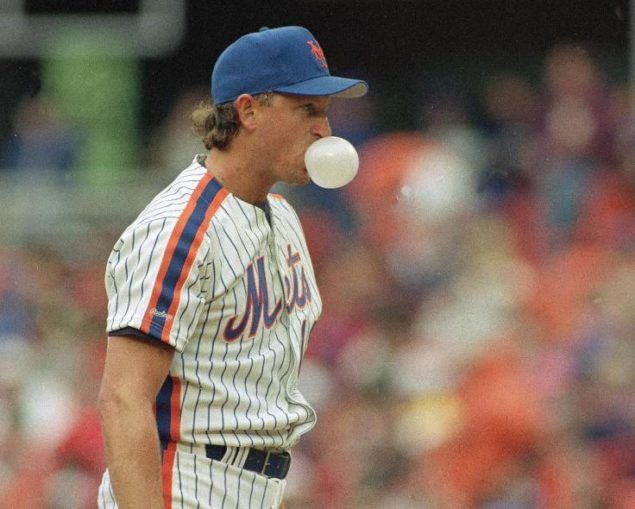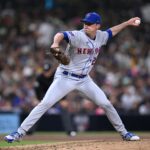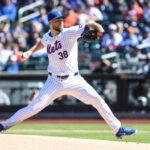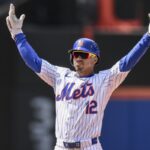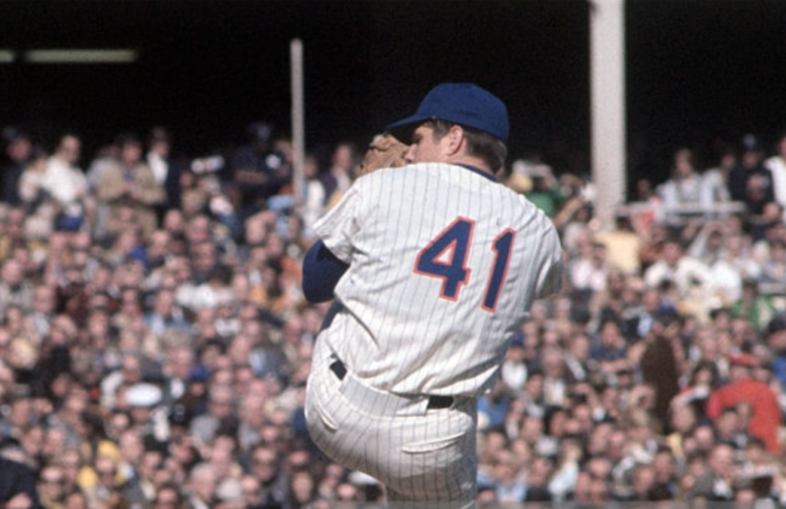
Think of any of the Mets’ all-time great players and chances are you probably thought of someone like Tom Seaver, Darryl Strawberry, David Wright, Ed Kranepool or Rusty Staub. All of these players — and pretty much anyone typically considered to be in the Mets’ pantheon of greats — had one thing in common… They each played in the postseason with the Mets.
But for a team that has missed the playoffs 48 times in 57 seasons, acknowledging only the stars who were on playoff teams while omitting those who never got to October, leaves out a lot of Mets history.
The Mets have had a strange existence in that they don’t make the playoffs very often, but they make them often enough that any decent player who’s been on the team for a couple of years will probably get there at least once. For example, the Mets’ top 1o hit leaders have all played in the postseason for the team, as have their top 10 winningest pitchers.
So making a list of the top Mets players without postseason experience is kind of a difficult task. With this being the case, this list is going to be defined as players who played a minimum of three seasons with the Mets and how they performed during their time with the team.
Here are the best Mets players who never appeared in the postseason during their time with the Orange and Blue:
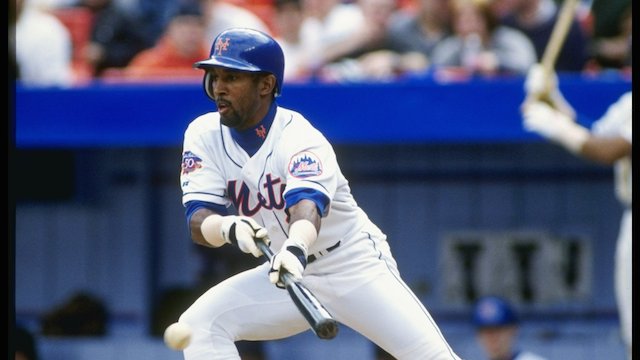
Honorable Mentions
12. Lance Johnson
Johnson only played a year-and-a-half with the Mets, but his 1996 season was one of the best in club history. That year, he set Mets team records for hits (227) and triples (21) in a season while batting .333/.362/.479. He was traded to the Cubs in 1997, and never really replicated that success after that. Little known fact, Johnson is the only player ever to lead the AL and NL in hits.
11. Dave Kingman
“Kong” was like a worse version of Adam Dunn. He hit 154 homers in 664 games with the team, but batted just .219/.287/.453. He had his most Kingman-esque season ever in 1982, when he led the NL with 37 homers but batted just .204 and led the league with 156 strikeouts. That was Kong in a nutshell.
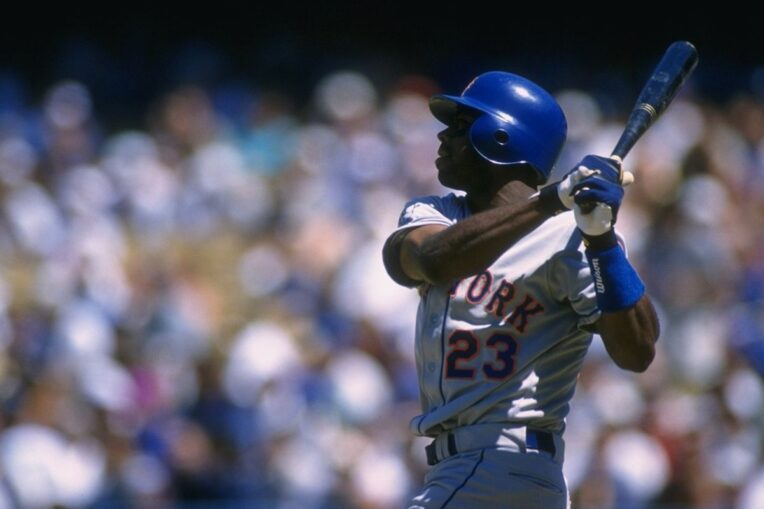
The Top 10
10. Steve Henderson
Henderson is probably best remembered for being a part of the “Midnight Massacre” – the trade that sent future Hall of Famer Tom Seaver to the Cincinnati Reds. But to his credit, Henderson was actually pretty good for the Mets. He owned a .287/.360/.423 slash and a 120 OPS+ from 1977-1980. Henderson was one of the few bright spots of the worst trade and era in Mets history, and he hit one of the franchise’s most memorable homeruns – the “Hendu Can Do” homer at Shea.
Gilkey’s most memorable moment in a Mets jersey was his cameo in the blockbuster movie “Men In Black.” But perhaps he should be best remembered for his incredible 1996 season. That year, Gilkey batted .317/.393/.562 with a .955 OPS, 155 OPS+, not to mention the fact that he also hit 30 homers and drove in 117 runs. He never replicated this success, however, and was traded away in 1998.
8. Ron Hunt
Hunt was the first star in Mets history. He batted .282/.344/.379 from 1963-66, and was the first Met to start in an All-Star game. He did this in 1964, when Shea Stadium hosted its only Midsummer Classic. Hunt was known for his hustle and gritty style of play and had a penchant for getting hit by pitches – a record 243 times in his career until it was snapped decades later by another second baseman – Craig Biggio.
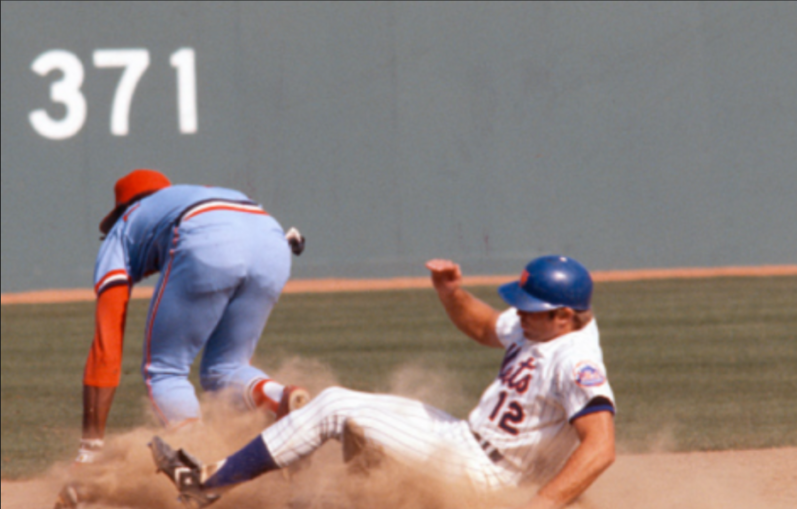
7. John Stearns
Stearns set the National League single-season steals record for catchers in 1978 with 25 stolen bases. He also has more hits than any Met who did not play in the postseason with the team, although he did eventually appear as the Mets’ bench coach in 2000. “Dude” as he was commonly called, was as tough and gritty as you can get. Ironically, he was a four-time All Star with the Mets, but didn’t make the Midsummer Classic in 1978, the best season of his career when he collected 27 doubles, 15 homers, 73 RBI and boasted a 5.1 WAR
6. Frank Viola
The Mets acquired the 1988 AL Cy Young winner from the Twins at the trade deadline in 1989. “Sweet Music” would stay with the Mets until 1991, and made two All-Star appearances. Viola had his best season in Flushing in 1990, when he went 20-12 with a 2.67 ERA. No Met would win 20 games for another 22 years after Viola accomplished this feat. Viola would later become a pitching coach in the Mets system, tutoring and mentoring top prospects Matt Harvey, Jacob deGrom, Steven Matz, Zack Wheeler and Noah Syndergaard.
Saberhagen is one of the few guys from “The Worst Team Money Could Buy” who was as good as advertised. The two-time AL Cy Young Award winner with the Royals went 29-21 with a 3.16 ERA with the Mets from 1992-95. His best season came in 1994, when he went 14-4 with a 2.74 ERA and an eye-popping 11.0 strikeout-to-walk ratio. It’s too bad fellow big-ticket acquisitions Bobby Bonilla and Vince Coleman didn’t live up to the hype like Saberhagen did.
4. Craig Swan
Swan did pitch in three games for the Mets at the end of the 1973 season, but did not pitch in the postseason. So he makes the list. Swan played with the Mets from 1973-1984, and was their best player in the dark ages of Mets history– the late-70s and early-80s. From 1978-82, Swan went 39-37– which is even more impressive considering that the Mets had a .402 winning percentage during that stretch. He also posted a 3.12 ERA, and led the NL in ERA in 1978 with a 2.43 mark. So Swan can take the claim as the best player during the worst period in Mets history.
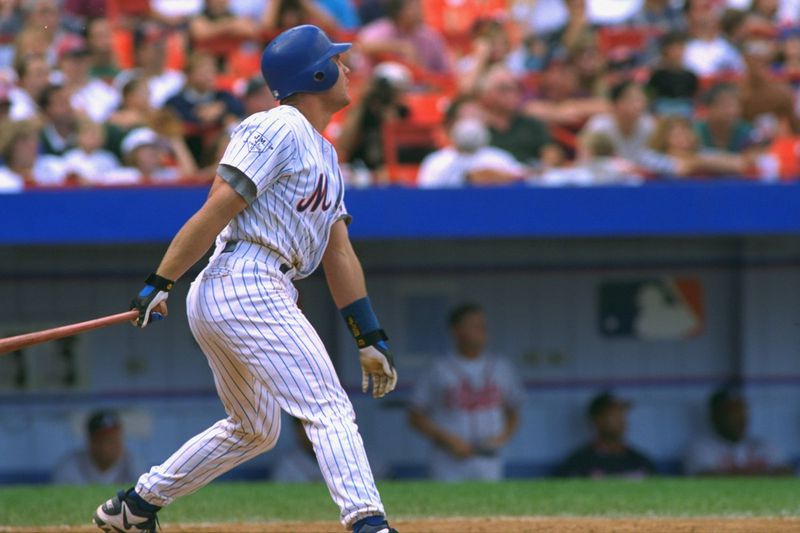
3. Todd Hundley
A lot of people forget how great Todd Hundley was at his best, especially since the guy who played catcher after him got a little bit more attention.
Hundley was the Mets’ starting catcher from 1992-1998, and kept getting gradually better until he exploded onto the scene in 1996. That year, he set a franchise single-season record with 41 home runs, a record that still stands. He followed that season up with a 30-homer campaign in 1997. He hit for elite power over these two years all while posting a .265/.373/.550 slash line and a 144 OPS+.
But an injury in 1998 made him expendable, which led to the Mike Piazza trade. He was then traded to the Dodgers the following offseason for Roger Cedeno and Charles Johnson, ending one of the more forgotten Mets greats’ time in New York.
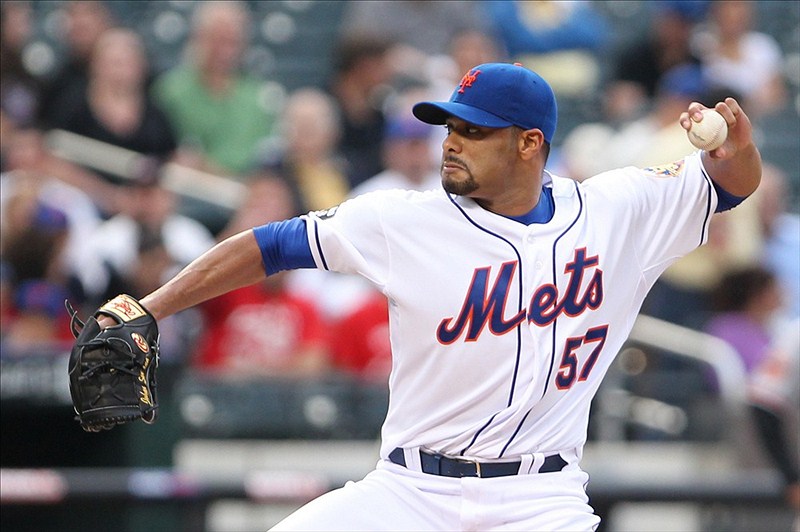
Santana was supposed to be the final piece that made the Mets a legitimate World Series contender. He wasn’t, but he provided the Mets with two of their most memorable moments in recent memory: A three-hit shutout of the Marlins on short rest to keep the Mets alive in 2008, and the team’s first no-hitter. That no-hitter alone makes the trade and his contract worth it.
Santana’s time in New York was derailed by injuries and collapsing Mets teams, but he was actually as good as advertised through his first three seasons in New York. He went 40-25 with a 2.85 ERA from 2008-2010, and finished third in Cy Young voting in 2008. Then came the injuries, which forced him out of the 2011 and 2013 seasons and hampered his play in 2012. These injuries also helped keep the Mets out of the playoffs during Santana’s time in the Orange and Blue.
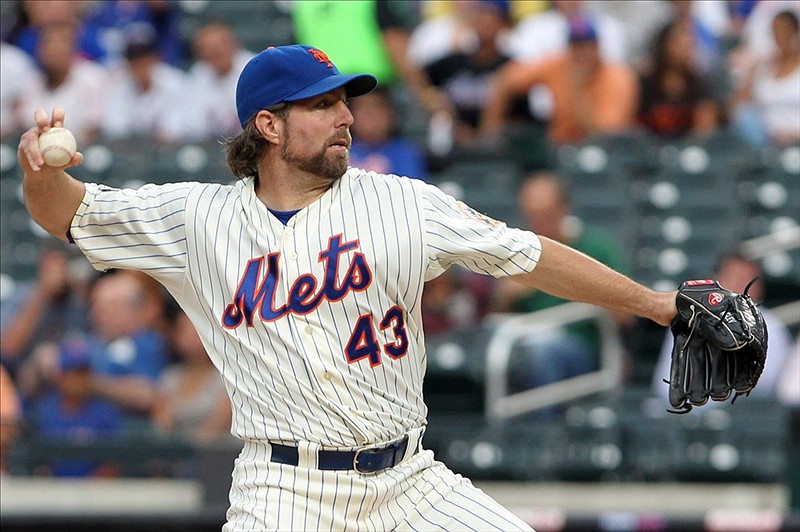
1. R.A. Dickey
Dickey came to the Mets as just another Triple-A pitcher, but left them as one of the most beloved players in team history.
Despite playing just three seasons in Flushing, Dickey’s name makes several entries into the Mets’ record books. R.A. has the fourth-best ERA among qualifying Mets pitchers, the fifth-best WHIP, and the fifth-best strikeout-to-walk ratio.
And his 2012 season is one of the best by a pitcher in Mets history. He went 20-6 with a 2.73 ERA that year, becoming the first Met since Frank Viola in 1990 to win 20 games. Dickey also took home the NL Cy Young Award that year, making him just the third Mets pitcher to win the award. The other two are Tom Seaver and Dwight Gooden, so yeah. That’s pretty good company.
While Dickey shined with the Mets, the team never finished within more than 12 games of a playoff spot. This must not have been fun while he was with the Mets, but it does make him the best Mets player who never played in the postseason.
A collaboration between Chris Gaine and Joe D.


